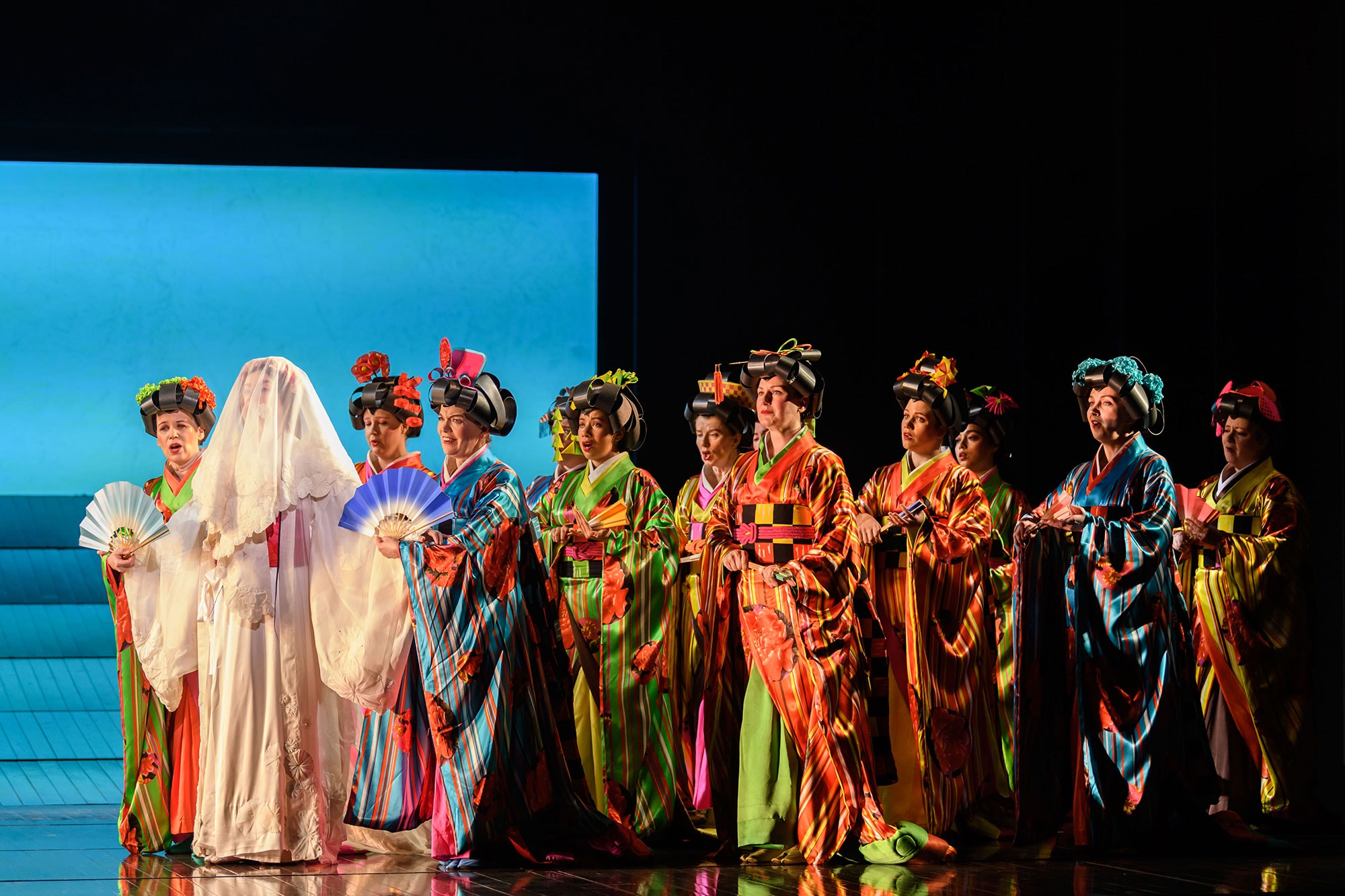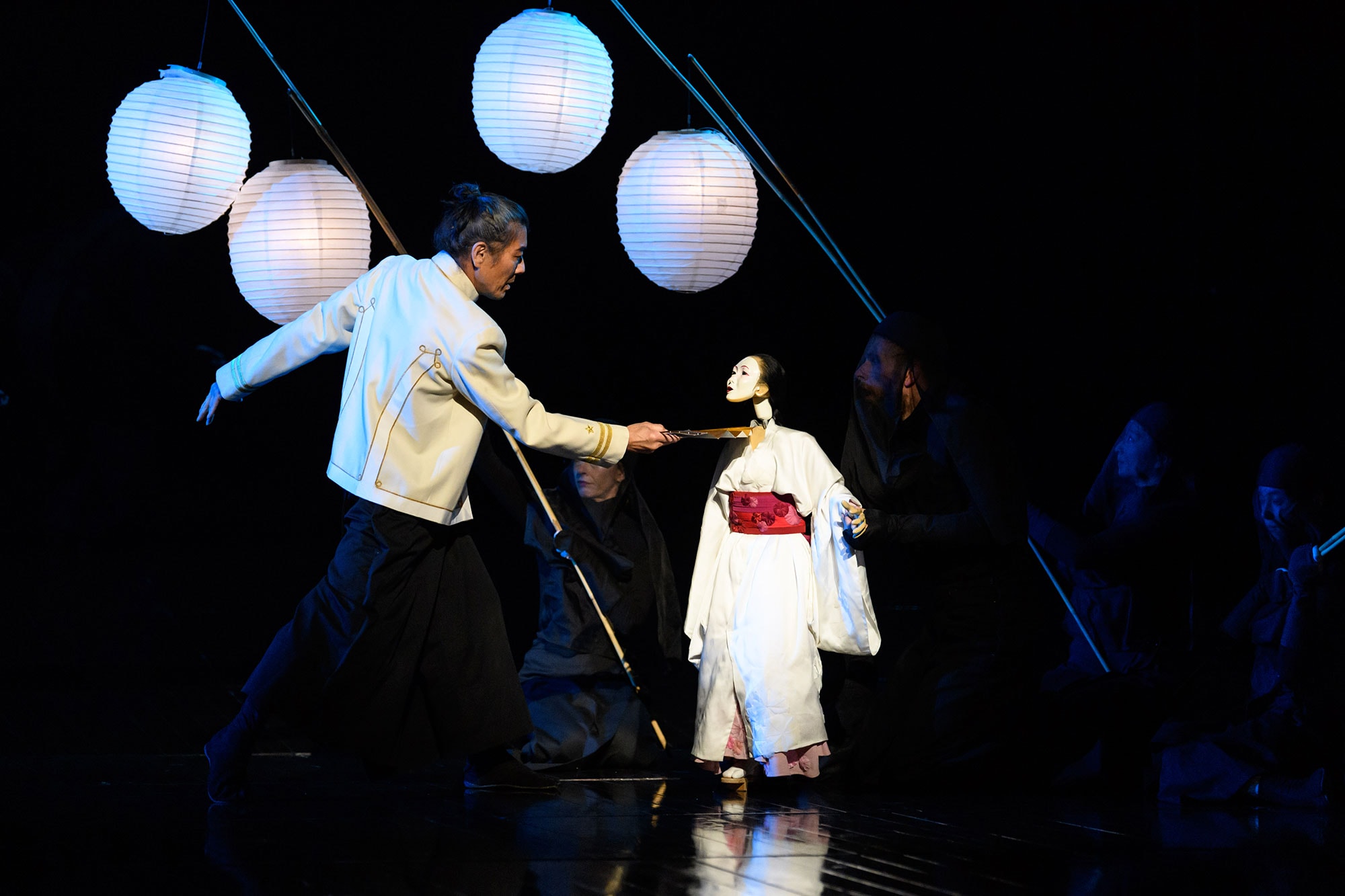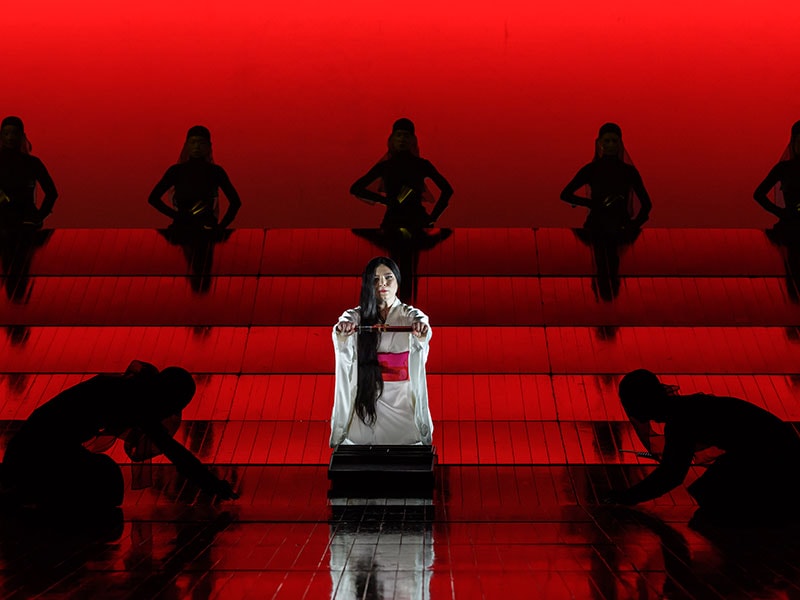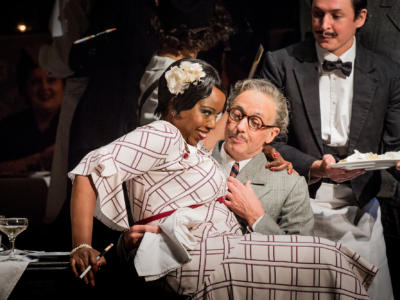Who’s Who, What’s What - Madam Butterfly
Video
Who’s Puccini?
Giacomo Antonio Domenico Michele Secondo Maria Puccini (try saying that three times fast) was one of Italy’s foremost opera composers, writing in the capital ‘R’ Romantic style. He’s also pretty famous for writing music in the verismo style, which is a super fancy way to say ‘realism’. Instead of magic, knights and dragons (although not many operas have those all in them at one), Puccini wrote about human connections and problems (if a bit exaggerated). Throw together messy relationships, broken hearts, crumbling marriages and a sprinkling of consumption and you’ll have a pretty solid Puccini plotline.

What’s his most famous work?
Puccini wrote loads of famous operas, with La bohème, Tosca and Turandot joining Madam Butterfly as being considered his best-known works.
Unfortunately, he developed a nasty penchant for chain-smoking, and during the midst of composing his tenth opera, Turandot, he passed away at the age of 65. News of his death reached Rome during a performance of La bohème, which was immediately stopped and cancelled. Bit of a buzzkill.

What’s Madam Butterfly about?
Cio-Cio-San, the titular Madam Butterfly, moves into a new house with her newly betrothed husband-to-be, the American naval Lieutenant Pinkerton. She’s super excited, and has every right to be, if he wasn’t exploiting the Japanese lax marriage laws to keep him amused whilst he’s posted in the country. The question is whether Butterfly’s devotion can keep him around…
Video
What’s special about the music of Madam Butterfly?
It’s classic Puccini, with an eastern flair. The score is packed to the brim with memorable and beautiful songs, foremost the ending of the first act when Butterfly and Pinkerton sing their beautiful love duet ‘Sweetheart, sweetheart, do not weep’, which seems like a big red flag on their wedding night.
Listen out for fragments of traditional Japanese melodies and American marches as eastern and western cultures crash together around Butterfly – Giacomo knows his stuff!
Video
What’s the deal with this production?
First performed in 2006, Anthony Minghella’s Olivier Award-winning production combines cinematic staging with elements of Japanese theatre, creating a timeless visual spectacle. True to Puccini’s vision of early 20th-century Nagasaki, you’ll see traditional fan dances, puppetry and extravagant costuming, bringing Japan to the London Coliseum.
Keep an eye out for the mirrored ceiling giving a different view of the staging – more operatic bang for your operatic buck!


